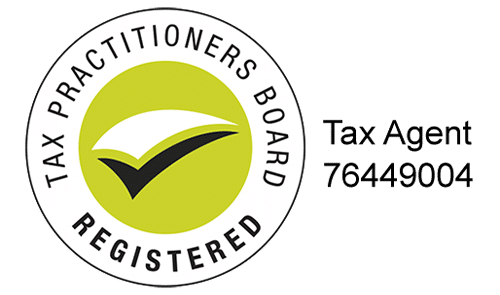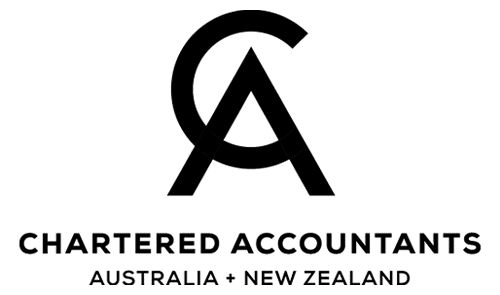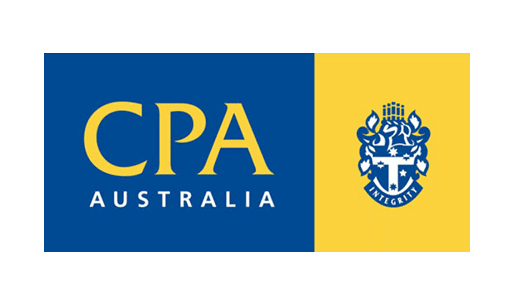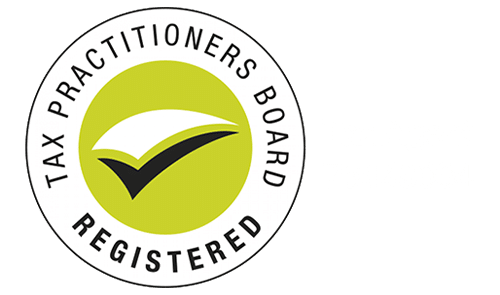Seven Things you can do right now
Increasingly superannuation is the next major asset after the family home and sometimes it is the clients most significant asset.
It is therefore imperative that any estate planning includes the Self Managed Superannuation Fund (SMSF).
Here are seven things that you can do now:
1. Consider what ‘Armageddon’ is for every SMSF
What is each fund’s ‘Armageddon’, or worst case scenario?
This will be subjective for each SMSF.
For example, in a ‘husband and wife’ fund where the wife always left the running of the fund to her husband, what if the husband suddenly died or lost mental capacity? Could the wife continue with the fund, or would it all be too hard for her?
2. Check the trust deed and (for a corporate trustee) the trustee constitution
It is essential for the constituent documents of the fund to authorise any ‘Armageddon’ strategies to be implemented.
For instance, making a binding death benefit nomination (BDBN) can achieve certainty regarding payment of a super death benefit, and can prevent disputes. However, does the fund trust deed authorise a BDBN to be made? If so, would the BDBN lapse after three years or can it be non-lapsing?
What about the trustee constitution? In a two-member fund with a corporate trustee, if one member dies the survivor can usually carry on as the sole director/shareholder. However, the trustee constitution must authorise this.
3. Amend trust deed and/or constitution if unsatisfactory
If the fund trust deed and/or trustee constitution do not authorise the relevant ‘Armageddon’ strategies, they will require amendment.
Consider also whether the trust deed should be completely updated (a common strategy) or should the amendment be more bespoke (especially where necessary to “grandfather” previous provisions).
4. Discuss ‘Armageddon’ with your adviser.
If the worst case scenario happened, what are the options? For instance:
- Could the surviving member continue to operate the fund, perhaps as a sole director of a corporate trustee?
- Or would it be better to simply wind up the fund and rollover to an APRA-regulated or small APRA fund?
5. Ensure all members have valid EPOAs
If all fund members have an up to date enduring power of attorney (EPOA), it makes things much easier in the event that:
- A member loses capacity – their attorney can become the trustee or director of the trustee in their place under s.17A of the SIS Act;
- A member departs overseas indefinitely – their attorney can become the trustee or director of the trustee in their place to avoid fund residency issues.
However, you need to ensure (on an ongoing basis) that the person nominated as attorney is not a disqualified person (e.g. someone convicted of an offence involving dishonesty), otherwise they will not be able to act as trustee or director of the trustee in place of the member.
6. Ensure Binding Death Benefit Nominations (BDBN) are up to date and non-lapsing
The last thing you need is for a situation like in Katz v Grossman or McIntosh v McIntosh to happen.
SMSFD 2008/3 confirms that, with a correctly-structured trust deed, a well-written BDBN can provide both certainty and an appropriate and tax-effective succession of your superannuation death benefits.
Whilst being non-lapsing means not having to remember to renew a BDBN, another issue is that some SMSFs don’t authorise a BDBN to be made by a member’s enduring attorney, so if it lapses and the member has since lost capacity the BDBN cannot be renewed.
7. Change from individual trustees to corporate trustee
For many reasons it is prudent to change from having individual trustees to a single corporate trustee, such as:
- Ease of administration on the death, bankruptcy or incapacity of a member;
- Ease of administration if a member departs overseas; and
- Minimise the risk of incurring multiple ‘speeding ticket’ fines from the ATO.
Contact Optima Partners to discuss any of these issues


